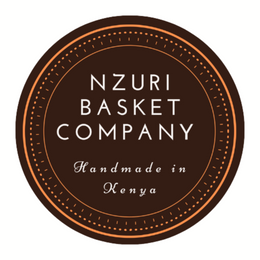The making of a basket



The majority of our baskets are made from sisal, a fibrous plant from the agave family. Originally native to Mexico, it is now grown around the world, commercially harvested and made into ropes and other woven products. Leaves are sustainably harvested; by leaving enough remaining on each plant, the plants continues to grow and can be harvested again in the future.
Once the leaves are stripped from the plant, they are broken down into strips and processed by running them through a handmade stripping tool, often made out of two knife blades hammered into a wooden block or tree stump.
This process strips off the thick outer layer of the sisal leaves, leaving behind the fibrous interior. These fibers are then dried before being hand rolled into cord. Balls of cords are dyed using natural, handmade dyes, as well as some synthetic colours, before being woven into the final products.
Finally, the weaving can begin. Depending on the size and complexity of the basket, it can take between 1 day to two weeks to complete. Finished baskets are taken to a local tradesperson who attached the handmade, locally sourced leather handles. The baskets then begin their journey to Canada, and ultimately, on to you!


